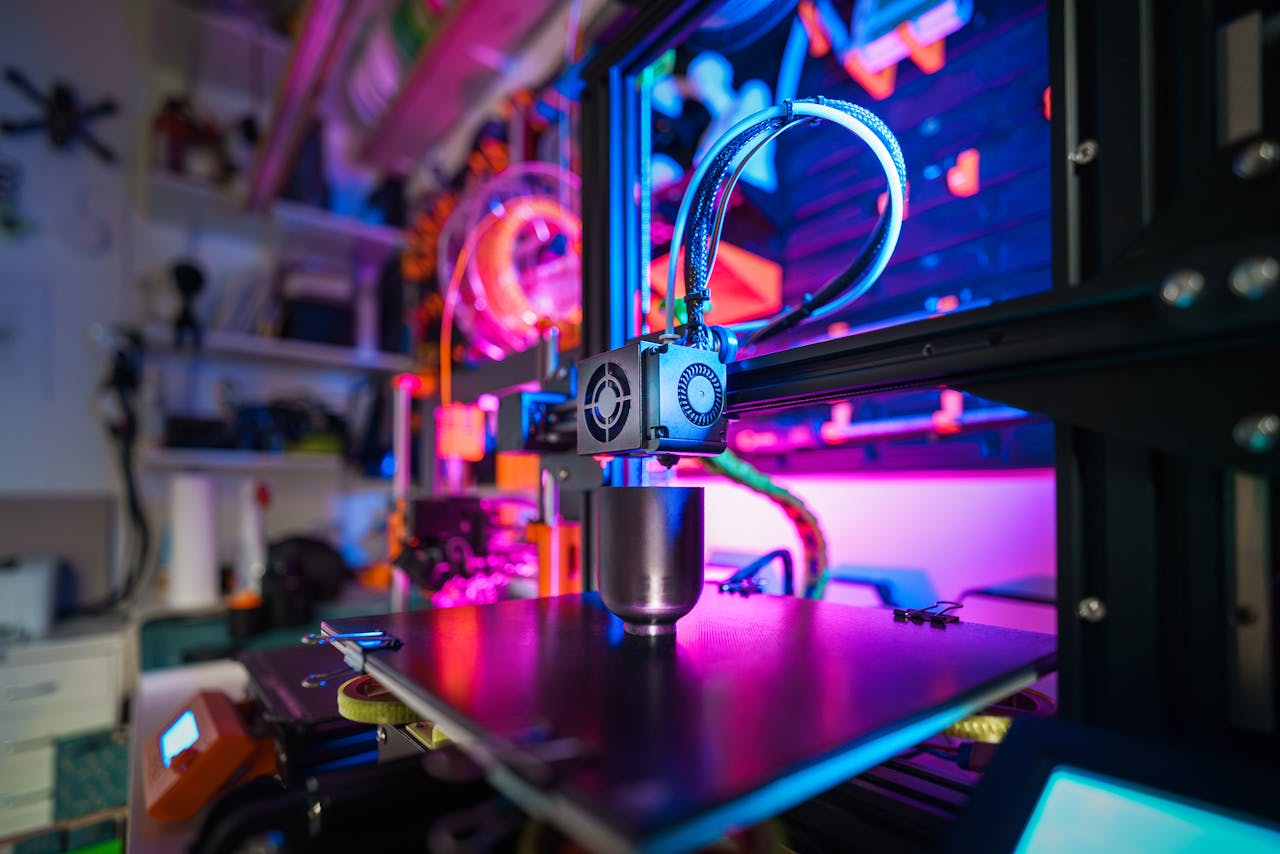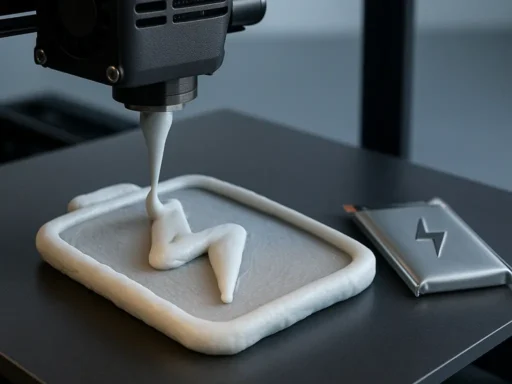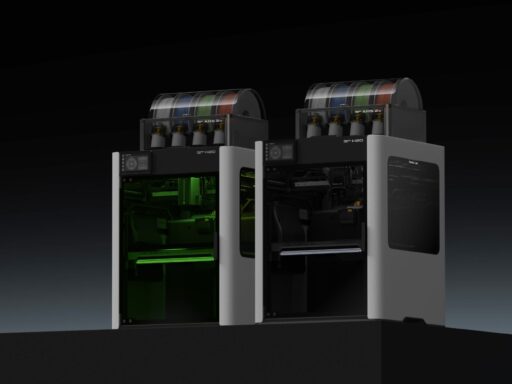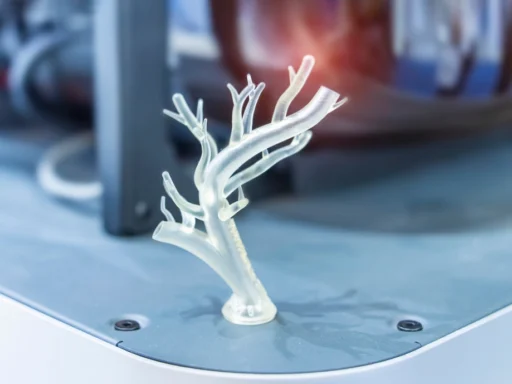In the early 2010s, 3D printing truly entered public consciousness for the first time. Its hype built to such an extent, that it was believed the technology would soon be like PCs or the microwave – in every household around the developed world.
Although 3D printing hasn’t quite achieved that level of popularity, it continues to be innovated upon, in a way that’s bringing it to new audiences and fresh applications. Gone are the days of additive manufacturing purely being a prototyping technology, it’s now utilized everywhere from automotive to medical device manufacturing.
Thanks to initiatives like the RepRap movement – which aimed to create a 3D printer capable of replicating itself – desktop units are also becoming increasingly accessible. Since the team behind the project first developed Fused Filament Fabrication (FFF), an open-source alternative to Stratasys’ FDM process, extrusion technology has become much cheaper.
For less than a couple of hundred dollars, it’s now possible to buy machines capable of creating high-resolution models that used to cost several times more. Amid this ‘race to the bottom,’ there are also those pushing the boundaries of 3D printing, by developing systems with throughputs so high, they can even challenge traditional manufacturing methods.
All this sounds exciting, but you may be wondering, what is 3D printing exactly? Well, it’s not too late to learn more about the technology, how it works, and where it’s being used. Read on for a brief introduction to 3D printing and how you can go about getting involved.
How does 3D printing work
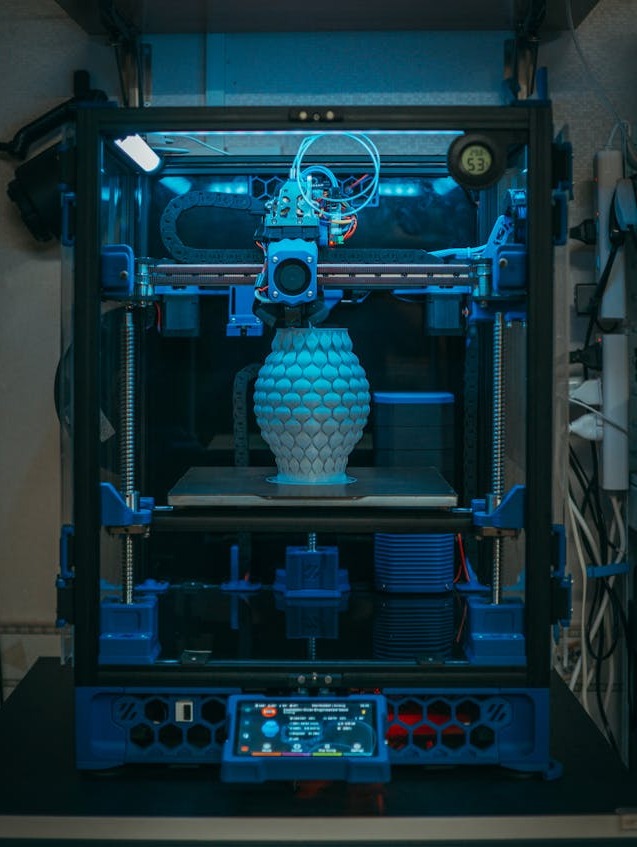
Before we delve too deep into the world of 3D printing, let’s start with the basics: what is it and how does it work? According to global standards body ASTM International, there are seven different types of the technology: material extrusion, vat photopolymerization, material jetting, binder jetting, sheet lamination, directed energy deposition, and powder bed fusion.
For the purposes of keeping things simple, we’ll focus this article on the first two, as they’re the most commonly used (and easiest to get hold of) 3D printers on the market.
Also known as FFF (or FDM if made by Stratasys), extrusion systems can differ in layout by manufacturer, but broadly they all work in the same way. Generally, the extrusion process involves material being fed through a heated nozzle, which melts and deposits it layer-by-layer into predetermined shapes.
By comparison, vat polymerization (often called resin 3D printing) is slightly more complicated. At the core of the technology is a process called stereolithography or ‘SLA,’ but what is SLA? During the process, a vat of resin is steadily exposed to a UV laser that hardens material into desired patterns as it goes. The result is a fully ‘cured’ object without the visible layer lines seen in FFF prints.
This smoother surface finish can also be seen in the prints created via SLA’s successor technologies: masked SLA (MSLA) and digital light processing (DLP). Like in regular SLA, MSLA sees resin UV-hardened, only instead of using a laser to trace layers, it relies on a larger light source which is masked with an LCD screen to ensure that only certain areas of the build area are cured.
DLP also works in a similar way to SLA, in that a build platform is steadily lowered into a resin tank, and parts are built on it layer-by-layer via the steady curing of material. The only real difference with DLP is the light source. DLP units are fitted with a digital projector that flashes an image across the build platform, in a way that cures entire layers simultaneously.
This brings obvious speed benefits, and given that resin 3D printing already has a surface quality advantage over extrusion, this begs the question: why would anyone go for the latter? Well, FFF systems tend to be cheaper and easier to maintain. They also don’t require gloves when handling materials or the same level of ventilation when working in enclosed areas.
Additionally, as they’re more ubiquitous, extrusion machines tend to have a broader range of materials open to them – in terms of both color and properties like strength and flexibility. Now, let’s take a look at the main differences between resin and extrusion feedstocks.
What is a 3D printing material
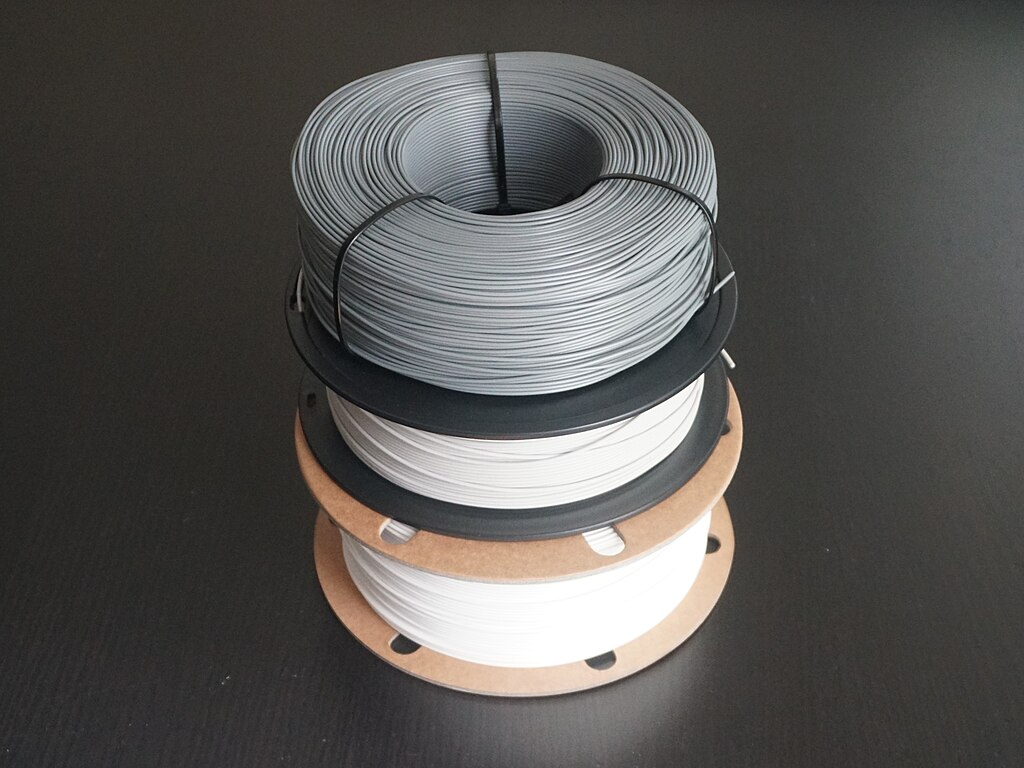
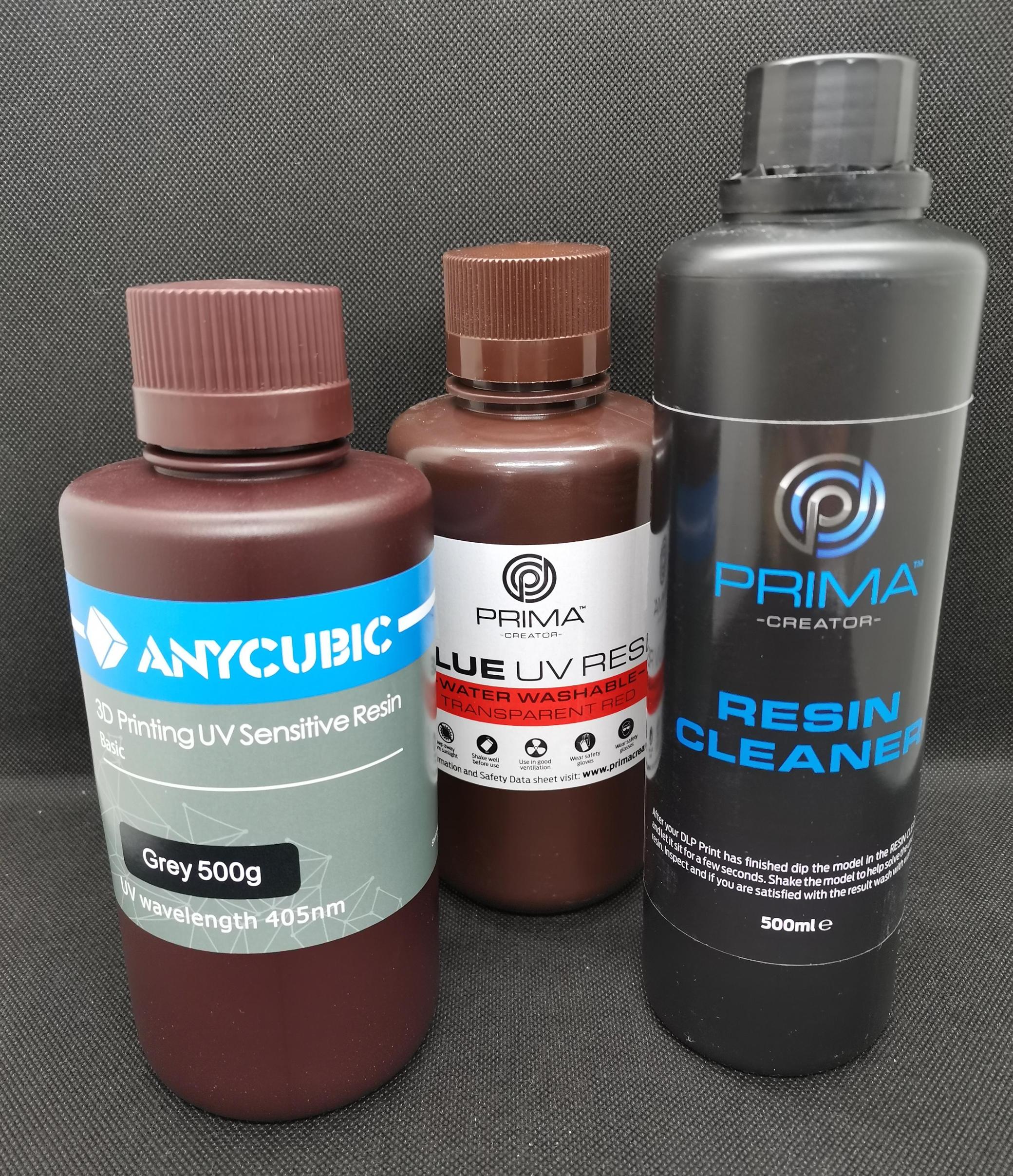
Extrusion materials can come in many forms. Most commonly they’re sold as filaments, reels of long, narrow thermoplastic, that can automatically be fed into a machine’s extruder.
Most widely used filaments are made of ABS or PLA, but as the technology has progressed, it has become possible to print objects from other plastics like PETG and even metals such as steel. This, in turn, has allowed extrusion 3D printing to expand into industries where parts need greater resilience, both in terms of strength and resistance to the elements.
Increasingly, extrusion 3D printing materials are also taking on other formats. Companies like Titan Robotics, for instance, have developed machines that borrow aspects from injection molding, in that they rely on pelletized feedstock instead. These systems have larger nozzles than traditional FDM ones, making them faster to print with. Their reliance on a widely used material also makes them cheaper to operate, but size-wise they’re often much bigger.
On the flipside, resin 3D printing users have far fewer options. All resins are made up of photopolymers infused with photoinitiators that allow them to be cured by UV lasers.
More often than not, these are ABS, PLA, PETG, nylon, or polycarbonate, but there is work going into broadening this palette. Material developers such as Liqcreate, for example, have recently launched elastomeric resins with potential industrial-grade applications.
What is 3D printing used for
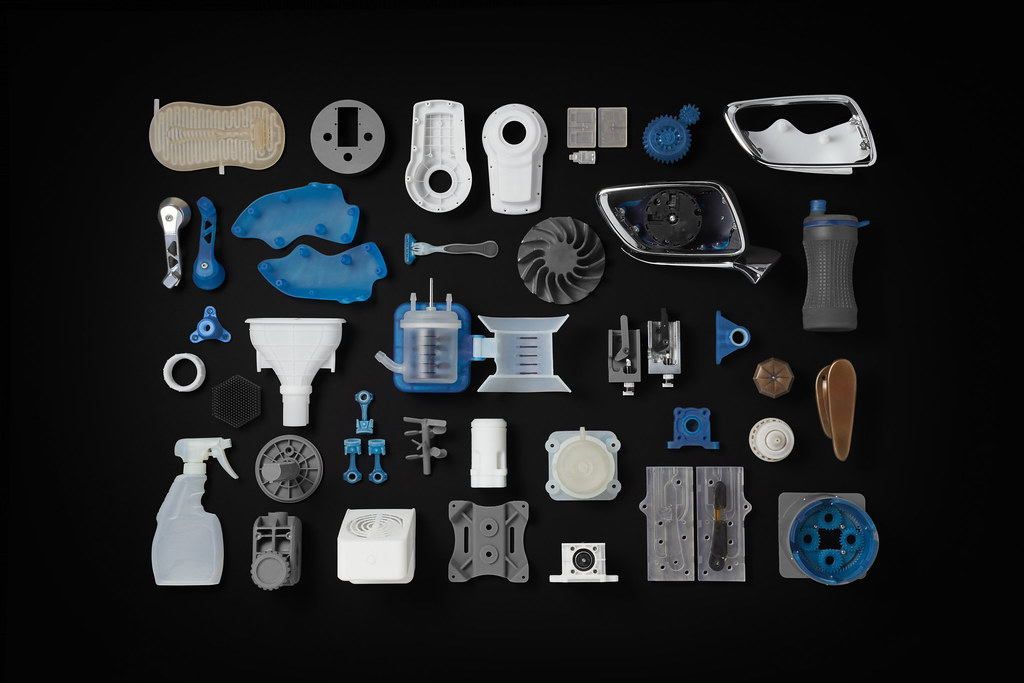
When extrusion and resin 3D printing were first introduced, they were largely used as prototyping tools. While the technologies have evolved significantly since, there’s no doubting their ongoing efficacy in this area, so nowadays what is 3D printing used for?
Primarily it’s still used for rapid prototyping. If manufacturers were to iterate upon products by machining prototypes each time they underwent a design change, this would be time consuming and wasteful. With 3D printing, mock-ups can be updated digitally and created from the minimal possible amount of material. This doesn’t just apply to consumer goods either. In automotive, the entire F1 grid relies on resin 3D printing for prototyping aero parts.
However, that’s not to say the technologies aren’t used to manufacture end-use products as well. According to research by Fortune Insights, 36.3% of all 3D printing applications last year were actually ‘production’ in nature. This figure reflects the technology’s growth in industries like medical, where the introduction of silicone-like materials is helping it make inroads.
Additive manufacturing also remains a popular means of producing parts with very specific properties in low numbers, such as aerospace. Between them, NASA, the ESA and private enterprises like ICON are using it to create incredibly unique builds, from rocket combustion chambers and space telescope parts, to simulations of martian living environments.
Another major trend in 3D printing is the technology’s application in construction. But what is a 3D printed house exactly? The majority of concrete 3D printers work very similarly to desktop FFF systems, only they operate on a larger scale. By layering material from huge nozzles in concentric patterns, these machines have already created entire multi-storey buildings.
That said, the technology is still unregulated in the construction industry, and it remains to be seen how long these homes and other structures (featuring layer lines and all) will last.
It’s also worth noting that while 3D printing continues to make strides in manufacturing, it’s unlikely to disrupt traditional technologies there any time soon. This is largely down to throughput, as despite projects like BMW’s IDAM initiative hitting the 50,000 parts per year mark earlier in 2023, the idea of multi-million part print runs remains unrealistic.
What is needed for 3D printing
Putting production applications aside, as they naturally require more of users, it’s never been easier to pick up a 3D printer and start creating your own models at home or in the office. However, if you’re interested in getting involved, what exactly will you need to begin with?
First and foremost, you’ll require some space. Most desktop 3D printers are aptly named – they’re small enough to fit onto a desk or workbench. But some are larger than others, so it’s worth knowing how much room you’re working with before investing in a system. If you’re getting into resin 3D printing, you’ll also need to account for ventilation and wear gloves when handling materials, so make sure you have all the protective gear required before you start.
Once you’re prepared yourself a space, you’ll need to decide what technology you’re going to print with. Of course, if you’re only starting out, you’re unlikely to get involved in some of the heavier duty applications outlined above. Instead, it’s probably best to begin by honing your skills, printing smaller object designs shared by others on sites like Thingiverse.
Speaking of digital content, you’ll also need to download a slicer: a program that allows you to control the printing process via a set of digitally-transmitted instructions known as ‘G-code.’
Some 3D printer manufacturers offer dedicated slicers like PrusaSlicr and ideaMaker, but there are also great third-party alternatives out there. From freeware such as Cura to paid-for versions with added functionalities, there’s a slicer out there for everyone. It is worth noting, however, that only some are designed for resin 3D printing, so check before you buy.
Lastly, after you’ve installed your printer and slicing software, just make sure that you have enough material to complete your print (there’s nothing worse than running out mid-print), and you should be good to go!

